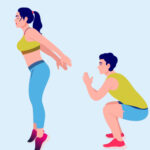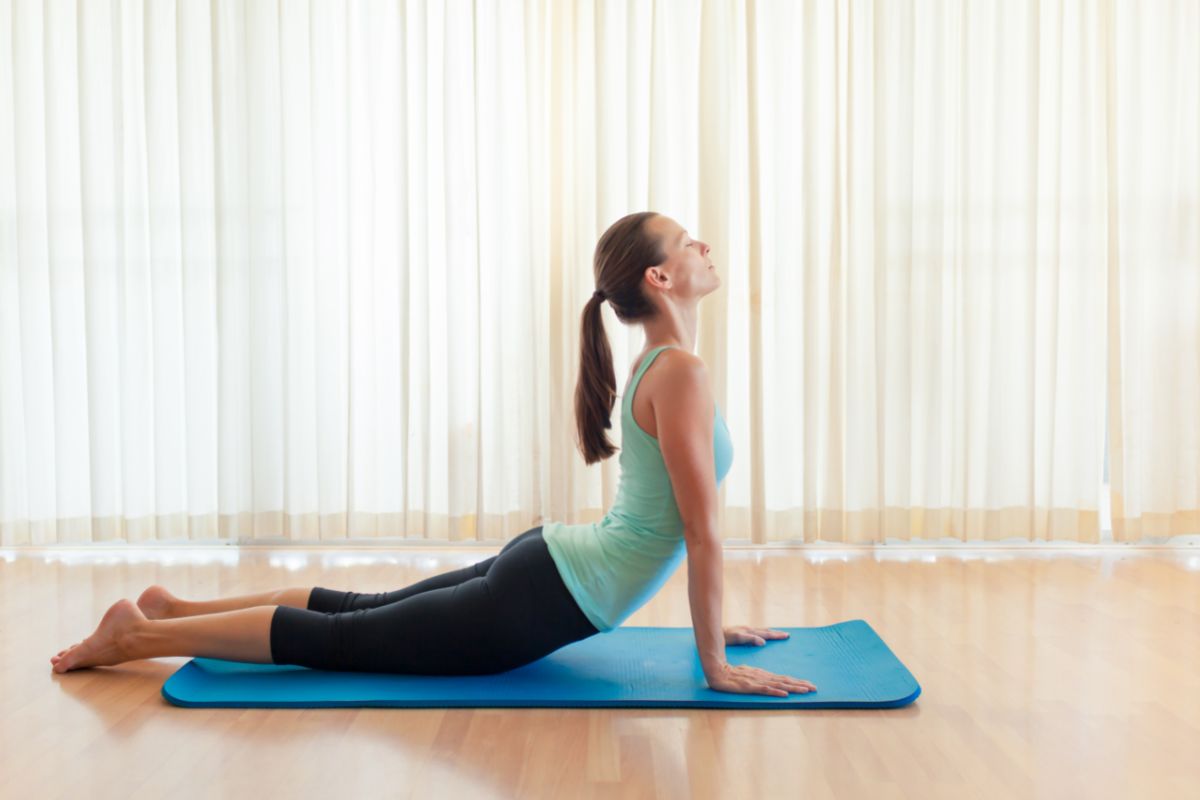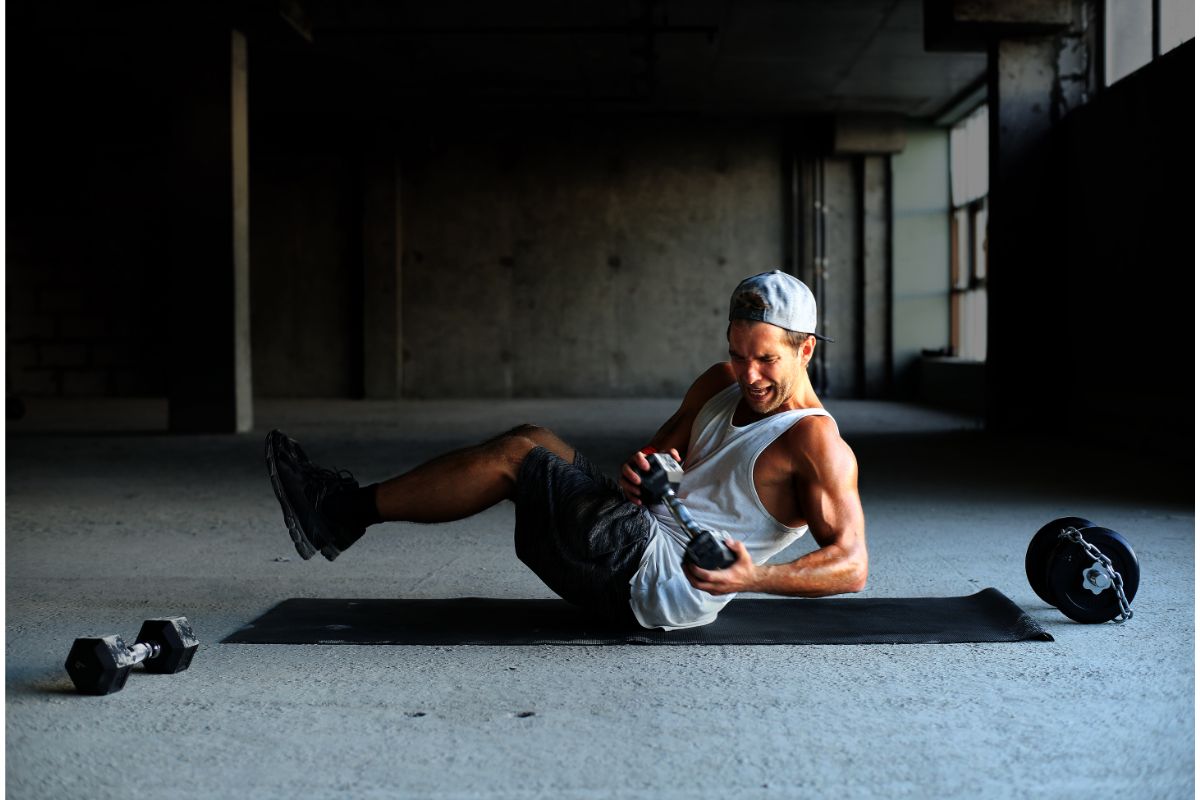Last Updated on August 12, 2022 by TJ Daniels, Certified Personal Trainer
There are a lot of jobs in our society that people have to devote themselves wholeheartedly to. These are jobs like nurses, doctors, firefighters, chefs, and so on and these groups of people regularly work 12-hour shifts and often times overnight.
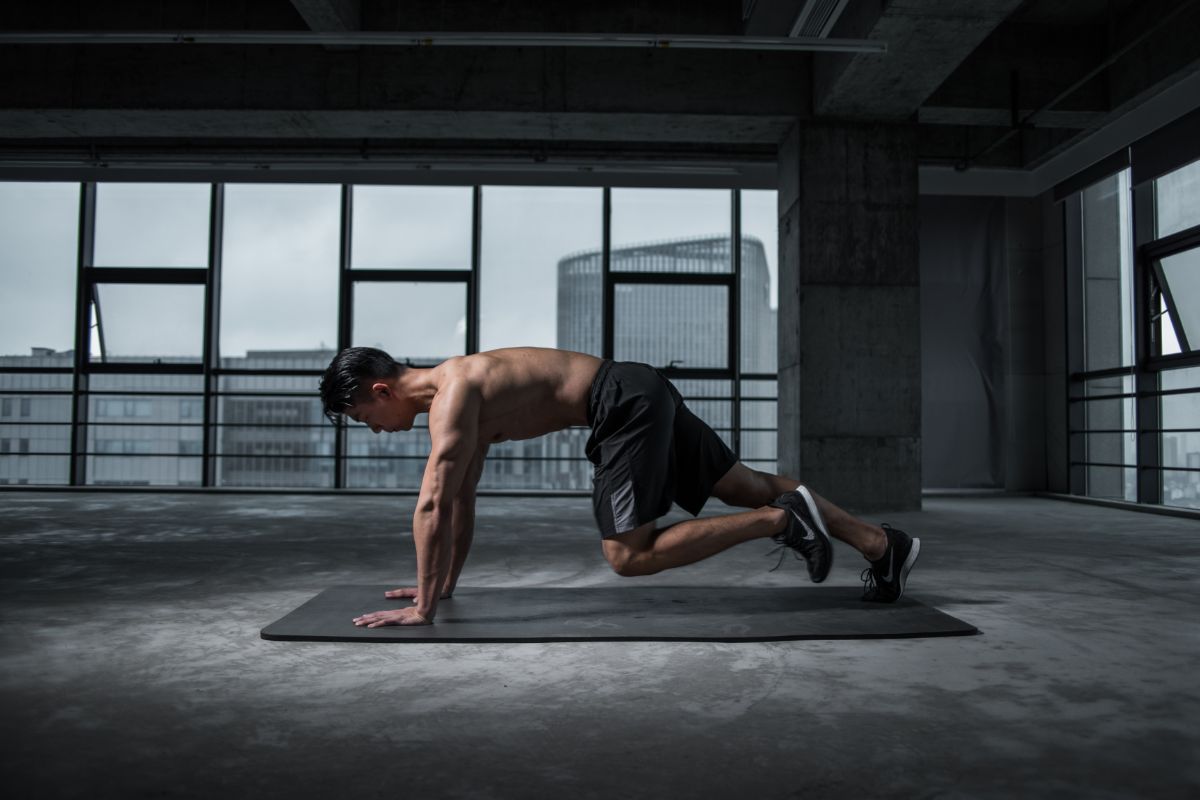

This leaves them with very little time to do anything else and sometimes even getting a meal can be a struggle.
Considering that working out properly or going to the gym is a time-consuming activity, this makes it almost impossible for these people to get in a little bit of time for themselves and give their body’s the exercise it deserves.
Yet, there are ways to get in your much-needed workout. It will just take more effort than most people have to do and much better time management than those people as well.
Timing Your Workout With Your Shift
If you work a night shift, do shift work, or have a job that has a lot of odd hours, you might need to work out when you can actually fit in some exercise.
This can be a little tricky, as in a lot of shift jobs the hours change each week depending on a number of factors, and sometimes it can get so busy that you run over your normal scheduled hours.
However, with a Qwik Fitness routine, you can always find time to squeeze a workout in as we designed our workouts with people like you in mind that have a tough time finding hours each day to devote to fitness. Here are some suggestions based on what shift you are working:
Early Shift
If you are on the early shift, then the best time to work out is either during your long break or after your shift. There is very little time early in the morning before your shift starts, so it almost always needs to be later.
Also, depending on if you have breaks and how long the breaks are, you might find it easy to squeeze in a 15-minute HIIT session during breaks or lunch.
Late Shift
If you are on the late or afternoon shift, then try to work out in the morning before you head into work. There will probably be little time after work to do this and you will likely be tired, so you should consider the morning to complete your routine. If you are called in because of an unexpected absence, then try and squeeze it into your lunch hour or into your break time.
Night Shift
If you are on the night shift, always work out before your shift. If you work out after, you will be hyping up your body, and you may be too wired to go to sleep, which is difficult enough with the night shift. Also, you should have plenty of time in the afternoon after sleeping off your shift.
Many people would say that we should work out when we are more awake or active, but people working unique hours or shift work don’t have that luxury.
Find the schedule that is easiest for you to commit to, and try to workout at that time each time you exercise. This will create a pattern within your body and your body will start to crave the workout at that specific time after a while. This will also help prevent you from getting “stuck” when it comes to workouts.
What Workouts Can Be Done Quickly?
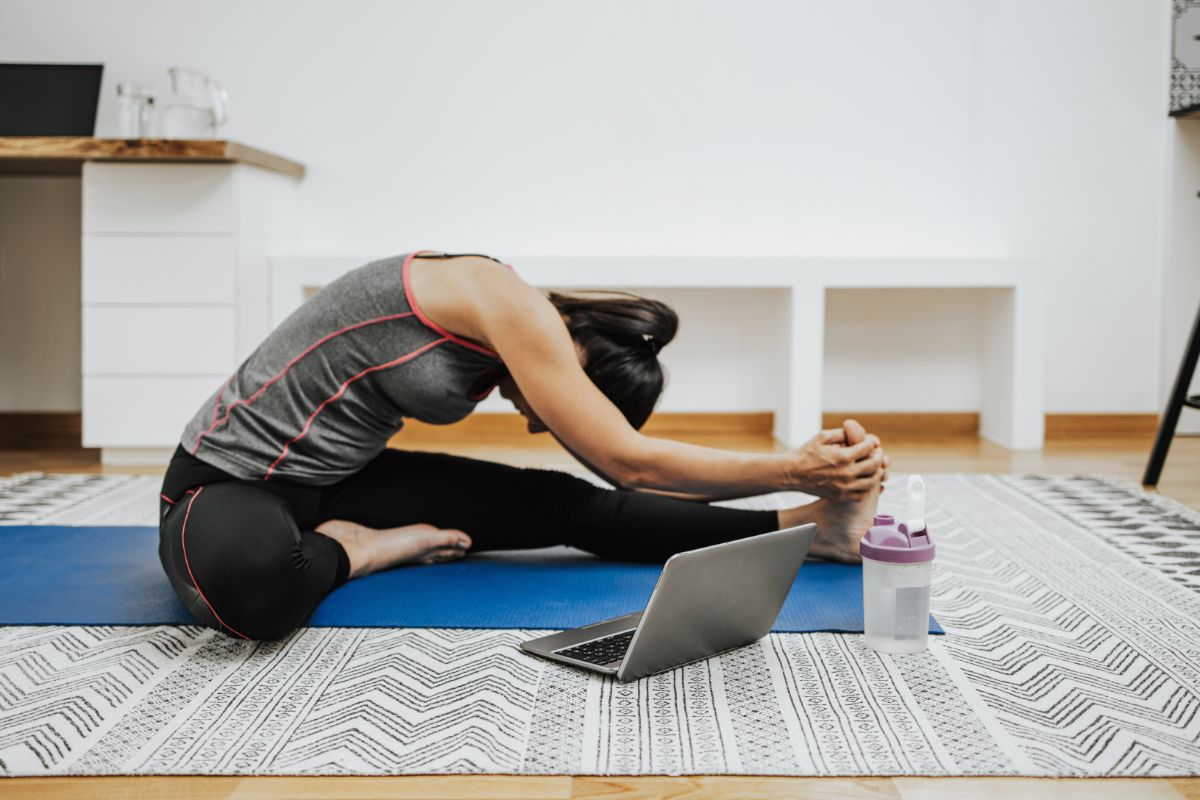

One of the biggest struggles people have when trying to get fit while working long hours or shift work is time. There just never seems to be enough time to do all of the things that you would like to do.
This, coupled with the unavailability of facilities during the time they are free makes for a huge hurdle for them to climb when trying to work out.
As such, the best solution is normally to get minimalistic with your workouts. Instead of using equipment, use your body weight and walls. Instead of going to the gym at certain hours, make the outdoors or your home/bedroom your gym.
This is what you have to do to get fit while doing this kind of work.
With this in mind, there are a few exercises and activities you can try that don’t take much time and can be done anywhere at any time.
The first and probably the most useful is to make a HIIT schedule. HIIT stands for High Intensity Impact Training and is about doing intense sets of exercises for a short period with minimal rest.
HIIT workouts normally take up to 30 minutes, but they can be as short as 15 minutes, and they can be very good for you. They increase fitness, muscle mass, cardiovascular, and brain function, as well as make you feel good.
However, you need to know what exercises can be done quickly that are good for you. Don’t worry, we have a few suggestions:
Upper Body
The upper body workouts you want to do are isometrics – putting pressure against a static immovable object using your muscles – and any exercise that requires you to push, pull, or hold an object.
So, push-ups, pull-ups, chin-ups, and sit-ups are great for this, as they work out your shoulders, chest, and arms, as well as your back and core. A good example of isometrics is pushing against a wall very hard for a long period of time.
Core
The upper body workouts mentioned above will do your core a little bit, but not much. So, for a better core workout, we would recommend exercises like planks (forearm or side), leg lifts, or stretching poses like dead bird or bird dog.
These will keep your core strong and your body stable, as well as being incredibly varied. All you have to do is search for the area you want to work in the search bar in this site, and you will find plenty of options.
Lower Body
Getting your lower body worked out can be a little tricky in HIIT. Normally, you want to do things like squats, high knees, or knee backs a fair amount during HIIT, but if you are feeling adventurous you could add burpees or jumping jacks as well.
Other activities that can be done are more targeted to certain areas than an all-body hiit workout. If you wanted to do cardio, you can squeeze in running, jogging, or a power walk that only lasts a short time.
If you want to do strength or resistance training, then isometrics are perfect for this and can be done anywhere there is a strong and stable structure.
However, you could also buy resistance bands, they are light and relatively cheap, so they will be easy to take with you. Simply put them in position, use them for 5 to 10 minutes, and then take them off and resume your day.
Once you know your schedule and what muscles you want to work out, it is quite easy to create a system and schedule to suit you.
Best Routines To Follow
The best workout routines are the ones you can follow and do. There is no point in getting a gym membership if you have no time to go, or if it is closed when you finish work. Therefore, we would recommend creating your own schedule.
There have been people who create workout schedules based on the language learning technique of doing 15 minutes in the morning, afternoon, and night, where each one is a different type of training: cardio, resistance, and HIIT.
This works very well for those who have varied schedules and only have 15-20 minute breaks throughout the day.
Others have decided they can’t do it alone and need a colleague or someone working the schedule to do it with them.
As such, for the best routine, sit down and think hard about your time and schedule; when you’ll have time, when you’ll have energy, when you don’t have commitments, and who you want to potentially work out with.
Once you have answered these questions, you will find it much easier to do your workout each day rather than struggling to follow always find time in your schedule.
Conclusion
Working around your job is hard, especially if you work long hours. However, there are ways to do it and the best thing to do is to make it your individual workout schedule, not anyone else’s. Design your workouts for you, understanding there isn’t a perfect routine, and then keeping up with your fitness should be easy.
- How To Start HIIT Workouts [Beginner’s Guide] - May 18, 2023
- How To Sneak A Workout In While Taking Care Of Your Baby - March 17, 2023
- How To Build Your Chest With Dumbbells [Guide] - February 9, 2023

